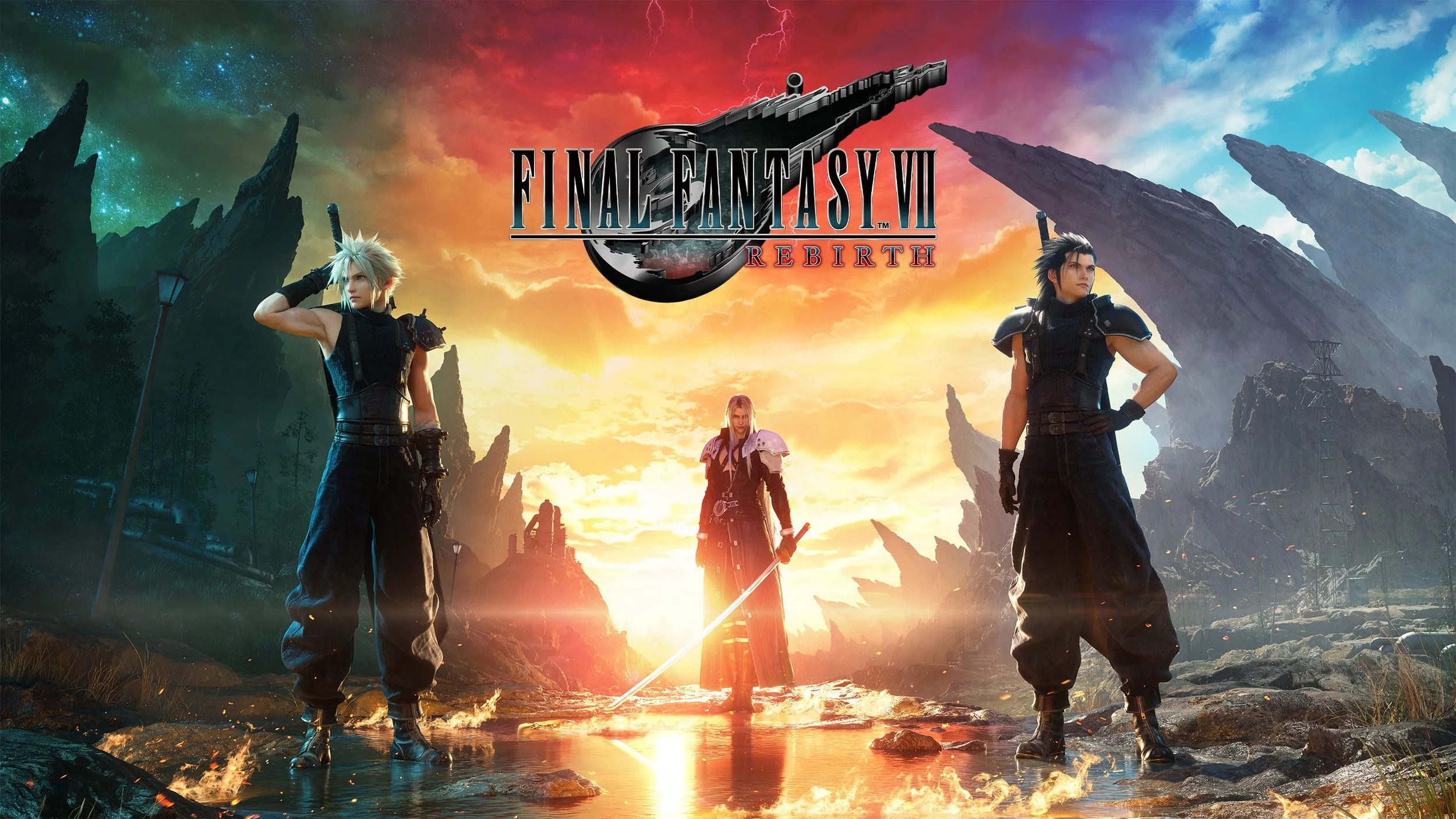Prof’s Research Assistants create extra material to support his lectures. Driven by their own interests and curiosity, they cover many different topics. We hope you enjoy their work—and maybe learn something too!
Final Fantasy VII Rebirth Research Assistant Notes
Thanks to Smithianum, Vincere, and BlitzerMaru


